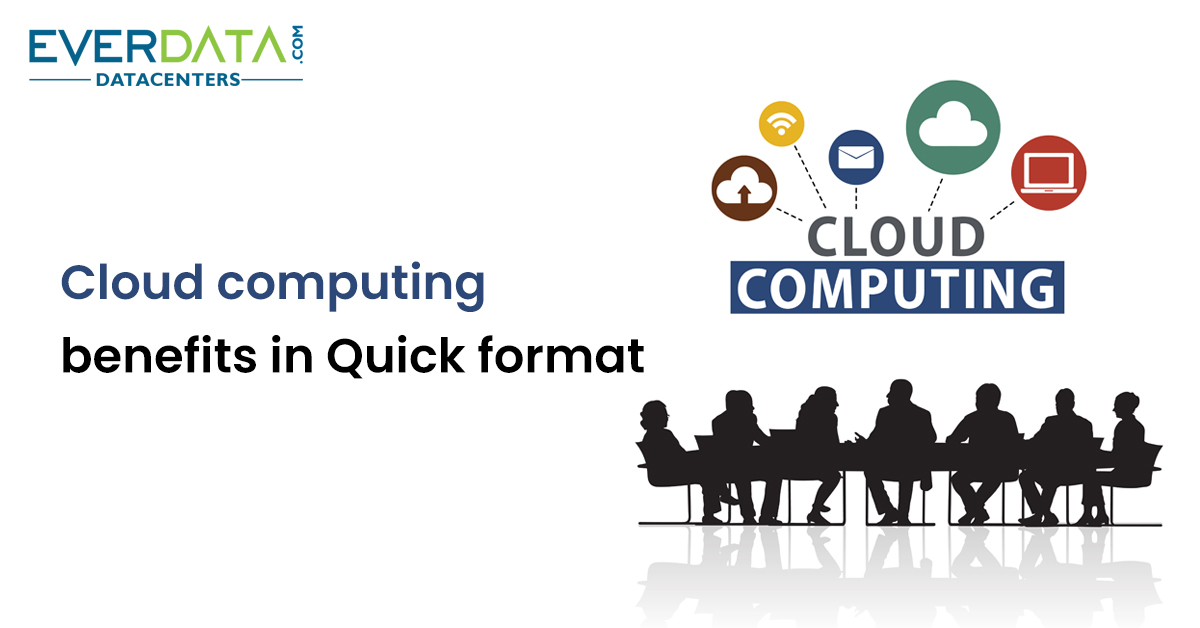
Submitted by Rajiv on

Cloud computing has emerged as one of the most sought after requirements by IT enabled corporations. Depending upon the services, cloud computing can be divided into 3 categories. Let us have a quick overview of each category and their relevance: IaaS (Infrastructure as a Service) IaaS offer infrastructure resources like virtualized and bare metal computing, networking, storage, in-memory caching and other infrastructure resources. In simple words it can be called the virtual data centre. IaaS Service provider owns, manages and distributes compute resources like storage and networking competency to the end user. Benefits Scalable resources with real time flexibility · Usage based metering · Users can operate from self service interface available via web based UI and API · Single tenant and multi-tenant resource pools available · Can be hosted by service provider and client's data centre on-premises SaaS (Software as a Service) SaaS offers software for the users via the internet. The application is hosted by service provider at its own data centre. The users can purchase the license and utilize the services on subscription basis Saas helps users in accessing specific applications via internet Benefits · Subscription based charging · No need of buying multiple licenses for different workstations · Service provider takes responsibility of Maintenance and management PaaS (Platform as a Service) Paas allows the users to utilize entire computing platform through internet thus enabling the clients to develop, test and deploy the applications without purchasing or implementing a platform. Benefits · Solid platform provided for handling applications · No need of investing in platform or implementing it Three Giants of Cloud Industry AWS (Amazon Web Services), Azure and Google Cloud are three giants vying for the maximum market share that has allowed for competitive and transparent pricing model along with innovative feature addition. PAYG is the fundamental benefit of cloud services but the three players are adamant to tilt this pricing facility more in the favour of end clients. Monthly subscription prices were replaced by hourly usage, volume based usages and more recently it has been slashed to per minute usage! AWS is the winner · Azure excels when it comes to offering multiple pricing models that enable usage-based saving. · In simple words, increases usage and slashes down the cost per instance · The model is essentially beneficial for clients whose primary concern is regular data storage · Any significant rise in the storage volume will automatically reduce per instance costs making the deal sweeter for you · So, it offers the accurate benefits tailored to suit your evolving storage model. >> If you are a data based company then Amazon offers great cost saving option allowing you to save more as you store more.>>How do others fare? Microsoft’s strong urge to acquire the leader position in cloud market has resulted in aggressive pricing model of Azure services · They have played smart by economizing more exclusive services like moving apps in the cloud · So, if you are a start-up developing apps then Azure could be the best choice for you. Google’s pros include sophisticated services at reasonable prices with a keen focus on service quality. AWS Benefits · AWS offers a wide range of cloud products to suit across varying requirements of the clients · Along with basic services like computing, storage and networking the AWS also offers sophisticated services like management and development tools, migration, security identity and compliance Azure Benefits · Commitment pays when it comes to Azure. Committed usage backed by Enterprise Agreements offer competitive pricing further slashing down the overall costs · For such users Azure also offers more flexible billing · Certifications establish authority and Azure claims to be at the forefront on this aspect. According to their claim they possess more certificates than compared to any other competitors. · It makes Azure the better option for MNCs with precise focus on measurable competency. GCP Benefits · Google Cloud Platform is comparatively a newer player for the field. Nevertheless, its futuristic outlook certainly offers it the distinct position naturally backed by its deep experience and leader position in the internet industry, data analytics capabilities · Start AI-enabled infrastructure and leveraging the amenities by providing server-free computing abilities reliving you from the hassles of server maintenance and management. AWS Benefits If implementation seems a daunting task to you then AWS can compel you to change your perception with its simple implementation procedure. Along with allowing you for breaking it down to suit the platform you would like to work on it also offers the sample code for commencing interaction Azure Benefits · Azure helps the beginner with its detailed guides strategically prepared for helping development and operations team to extract maximum benefits. Google implementation comes with a more focused beginner-friendly approach with its Cloud launchers that facilitates the implementations process for the beginners and experts alike. The starting documentation is to the point and uncomplicated enough to be understood without juggling with jargons.


Add new comment